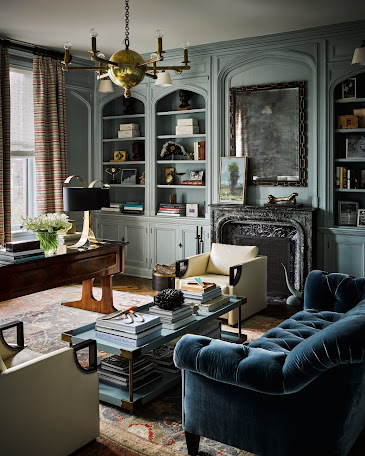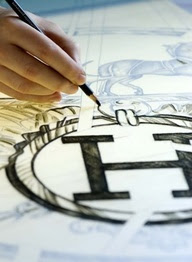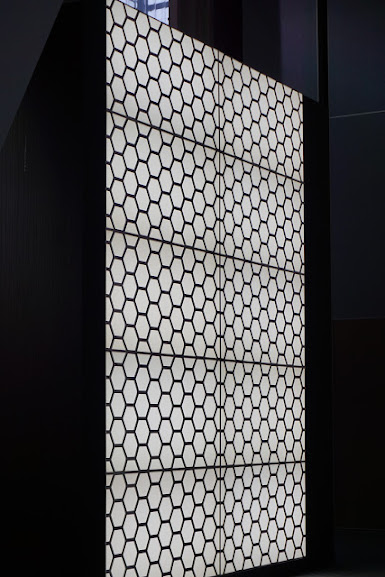TEXTILE DIARIES: The Richness, History & Future of Velvet for the home
I love to add a bit of velvet to all my interior design projects, and I opt for a few, rich cut velvets in special places like upholstered on a set of fancy dining room chairs or an entry-way settee or a pair of pillows on a beautiful sofa. The cut velvet shows the depth of the deep pile and you want to brush your hands over the pile, but I love all velvet fabric because the material adds a tactile, textural quality to a home. Velvet is a textile that is known for its deep pile and even-cut lushness. It has a nice drape and a slight sheen finish. It’s been popular in fashion for centuries, but also remains a decadent choice in home design from upholstery to pillows. Originally it was created from silk but today velvet is also created from synthetic, wool and other material, and it now is manufactured by digitally printing due to advanced technology
THE PAST: a luxurious, bespoke material
Because of its rich feeling and it's beautiful drape it comes as no surprise that silk velvets were first used in castles and back in the day, the royal families were the only few who could afford this expensive textile. According to Handwoven magazine, silk and linen materials (early feelings of velvet) were created as far back as 2000 BCE in Egypt. Then, again later in China uncut pile weaves closely resembling velvet were created. From there they made their way to the Middle East where skilled workers in Turkey, Greece and Cyprus created velvet. According to the MET Museum, they agree silk velvet probably originated in China in the 13th century after seeing similar techniques of it earlier in Egypt.
The term velvet describes a fabric with a pile made of silk thread; the structure of this fabric is created by warps that are drawn up over rods or wires to make the loops. This is part of the weaving process, and the looped pile is integral to the structure of the fabric. As the weaving progresses, the rods are removed. The resulting loops may be cut to form dense pile, or left uncut. As well as being very time consuming, this technique requires a larger quantity of thread in the warp than flat textiles.
However, not until it exploded in popularity in Italy and Spain during the Renaissance period did velvet truly take off, and at that time, Florence became the center of velvet manufacturing. Velvet was an important material of choice for silk weavers in Italy and the skilled craftsmen of the time were protected with great efforts in place to guard the weavers from sharing their secrets with competitors. The fact remains that big name families of the time, like the Medici family in Florence, spent great sums on commissioning velvet cloths showing their family crest with deep, rich dye and important accoutrements woven into the designs to signifying their family importance.
Even today, velvet is a iconic luxury fabric utilized in an Italian home. These velvets are woven and include various techniques for varying styles of velvets- from crushed velvets (using a technique of twisting the velvet when wet to change the look and feel) to embossed velvet (using a heat stamp).
THE NOW: An Explosion of velvet production in unusual ways
Today, we add digitally printing to the unique ways of creating velvet, and digital allows it to be produced in many colors and materials and also in an affordable manner. Velvet can be printed allowing a matte or sheen finish, and even with a stretch. Polyester is the fabric of choice for many digital printing of velvets which allows great control over the possibilities, it wears well and it’s relatively less expensive.
Taking into consideration the nap (the nap is the length of the velvet used is the direction the fabric loop lays flattest) digitally printed velvets allow a lot of control over the feel and make of the materials. When using a short or medium length nap, you can print against the nap and print images on the velvet, giving unusual iridescent qualities to the fabric which looks different from various angles. This new technology and advancement has allowed for UV-protective coatings on velvets and we are now seeing outdoor and performance velvets for the first time. Crazy to think of velvet used in the outdoors but it's been happening for years, and the technology is changing quickly.


















